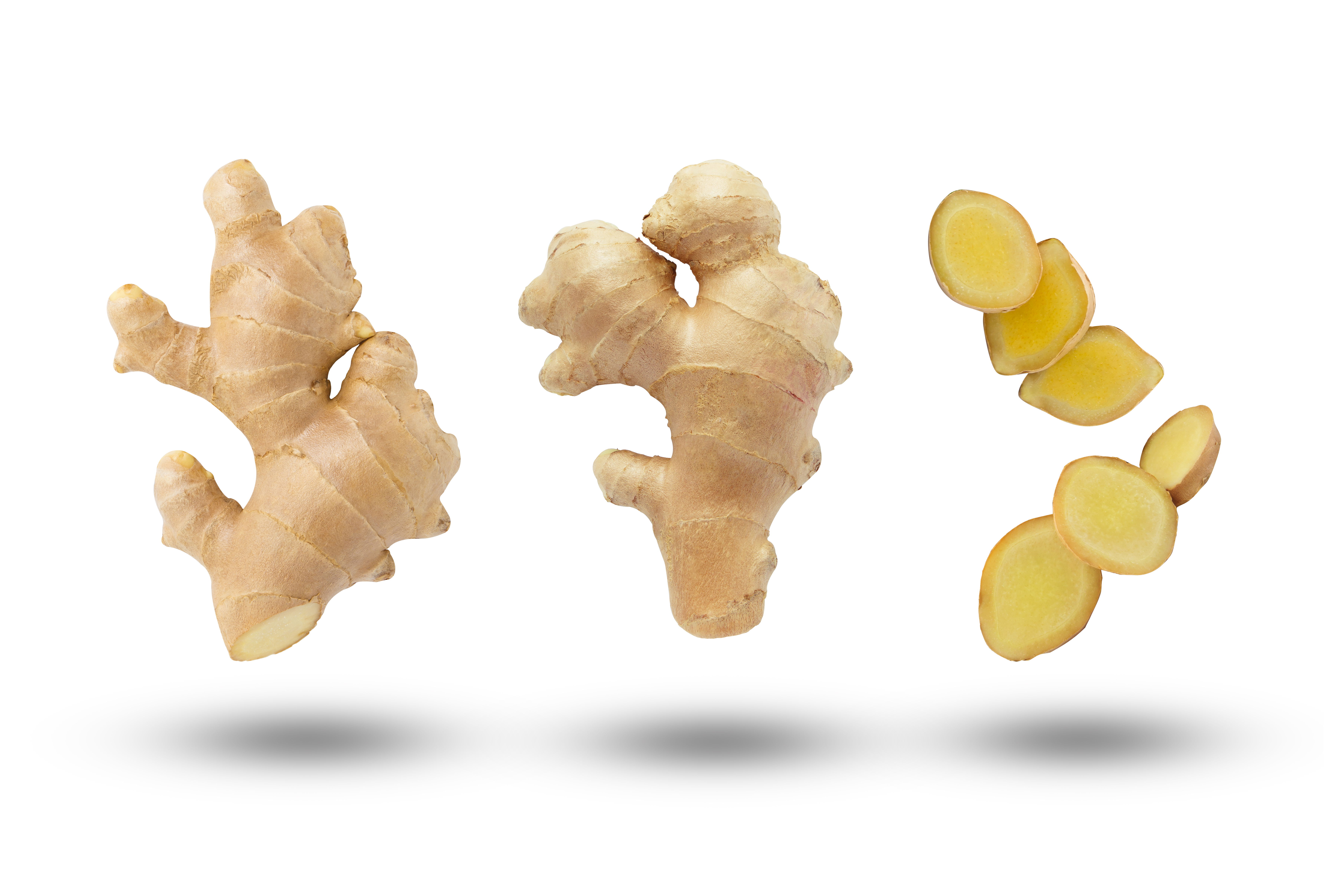What makes Thai ginger special compared to ginger from other regions?
Thai ginger, known for its distinct aroma and flavor, holds a special place in the world of culinary and medicinal traditions. Originating from the lush landscapes of Thailand, this variety of ginger offers a unique profile that sets it apart from its counterparts in other regions. From its historical significance to its growing conditions and diverse applications, exploring what makes Thai ginger special provides insights into the rich heritage, sustainable practices, and global demand for this beloved root.

What makes Thai ginger special compared to ginger from other regions?
1. Origins of Thai Ginger
Historical Significance
Thai ginger, known as "Khing" in Thai, has a rich historical significance in Thai culture. It has been used for centuries in traditional medicine, culinary dishes, and even as offerings in religious ceremonies.
Regional Varieties
Thailand boasts a range of ginger varieties, each with its own unique characteristics. From the mildly spicy "Halia Bentong" to the zesty and aromatic "Halia Bara," Thai ginger offers a diverse flavor experience.
2. Unique Flavor Profile of Thai Ginger
Aroma and Taste
Thai ginger is prized for its aromatic fragrance and bold, spicy-sweet flavor. Its subtle citrus undertones and peppery kick set it apart from ginger grown in other regions.
Chemical Composition
Thai ginger contains high levels of gingerol, the compound responsible for its pungent taste and numerous health benefits. This potent chemical composition makes Thai ginger a sought-after ingredient in both traditional and modern medicine.
3. Growing Conditions and Cultivation Methods
Climate and Soil Requirements
Thai ginger thrives in tropical climates with well-draining soil. The hot and humid weather of Thailand provides ideal conditions for ginger cultivation, resulting in robust and flavorful roots.
Traditional Farming Practices
Traditional Thai farmers often use organic methods for cultivating ginger, including crop rotation and natural fertilizers. These sustainable practices not only preserve the land but also enhance the ginger's natural flavors.
4. Medicinal and Culinary Uses of Thai Ginger
Health Benefits
Thai ginger is renowned for its medicinal properties, including anti-inflammatory and digestive benefits. It is commonly used to alleviate nausea, aid digestion, and reduce muscle pain, making it a versatile and potent natural remedy.
Culinary Applications
In Thai cuisine, ginger is a staple ingredient used in curries, stir-fries, soups, and herbal teas. Its vibrant flavor and aromatic qualities add depth and complexity to dishes, making it a must-have spice in Thai kitchens.
Whether you seek to amplify the flavors of your culinary creations or harness the natural healing powers of ginger, Thai ginger stands out as a versatile and dynamic ingredient that enriches both the palate and the body.
5. Comparison to Ginger Varieties from Other Regions
Differences in Flavor
When it comes to flavor, Thai ginger stands out for its unique and vibrant profile. Compared to ginger from other regions, Thai ginger tends to have a more peppery and citrusy taste, adding a zesty kick to dishes.
Nutritional Variances
Nutritionally, Thai ginger offers a similar array of health benefits as other varieties but may contain higher levels of certain compounds like gingerol, known for its anti-inflammatory properties. Its distinct flavor also adds to the overall sensory experience of consuming ginger.
6. Sustainability Practices in Thai Ginger Farming
Organic Farming Techniques
Thai ginger farming often embraces organic practices, eschewing synthetic chemicals and focusing on natural methods to cultivate ginger. This not only benefits the environment but also ensures a purer product for consumers.
Community Impact
Sustainability in Thai ginger farming not only supports the environment but also has a positive impact on local communities. By promoting fair trade practices and investing in the well-being of farmers, Thai ginger cultivation becomes a source of pride and prosperity for those involved.
7. Popular Thai Ginger Recipes
Traditional Dishes
Thai cuisine features a variety of traditional dishes that showcase the versatility of ginger. From fragrant soups and curries to stir-fries and marinades, ginger plays a central role in enhancing the flavors of these beloved recipes.
Modern Fusion Creations
In modern culinary trends, Thai ginger is being creatively incorporated into fusion creations that blend traditional Thai flavors with global influences. From ginger-infused desserts to innovative cocktails, the use of Thai ginger adds an exciting twist to contemporary dishes.